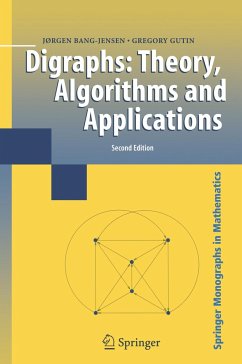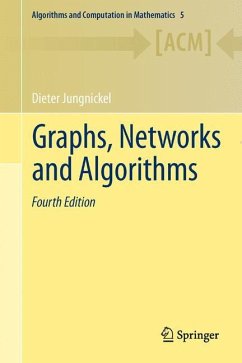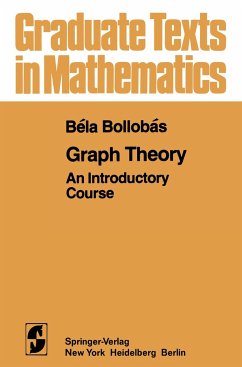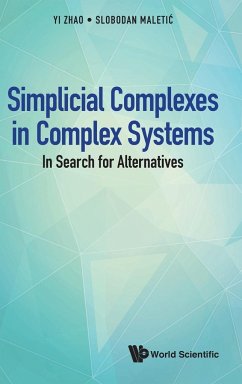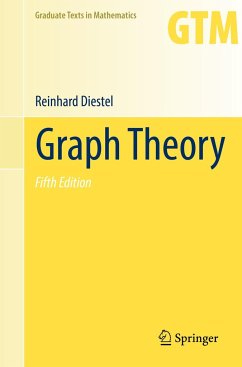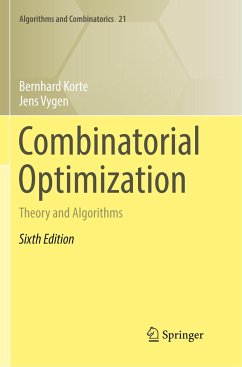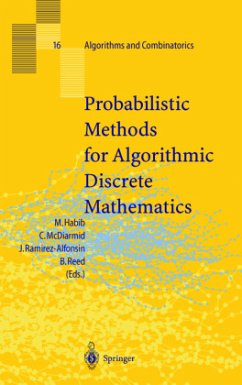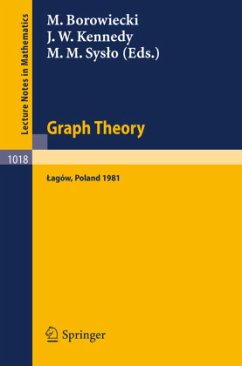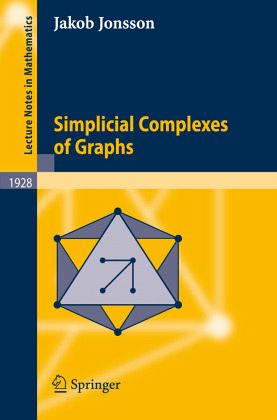
Simplicial Complexes of Graphs

PAYBACK Punkte
25 °P sammeln!
A graph complex is a finite family of graphs closed under deletion of edges. Graph complexes show up naturally in many different areas of mathematics, including commutative algebra, geometry, and knot theory. Identifying each graph with its edge set, one may view a graph complex as a simplicial complex and hence interpret it as a geometric object. This volume examines topological properties of graph complexes, focusing on homotopy type and homology.Many of the proofs are based on Robin Forman's discrete version of Morse theory. As a byproduct, this volume also provides a loosely defined toolbo...
A graph complex is a finite family of graphs closed under deletion of edges. Graph complexes show up naturally in many different areas of mathematics, including commutative algebra, geometry, and knot theory. Identifying each graph with its edge set, one may view a graph complex as a simplicial complex and hence interpret it as a geometric object. This volume examines topological properties of graph complexes, focusing on homotopy type and homology.
Many of the proofs are based on Robin Forman's discrete version of Morse theory. As a byproduct, this volume also provides a loosely defined toolbox for attacking problems in topological combinatorics via discrete Morse theory. In terms of simplicity and power, arguably the most efficient tool is Forman's divide and conquer approach via decision trees; it is successfully applied to a large number of graph and digraph complexes.
Many of the proofs are based on Robin Forman's discrete version of Morse theory. As a byproduct, this volume also provides a loosely defined toolbox for attacking problems in topological combinatorics via discrete Morse theory. In terms of simplicity and power, arguably the most efficient tool is Forman's divide and conquer approach via decision trees; it is successfully applied to a large number of graph and digraph complexes.





